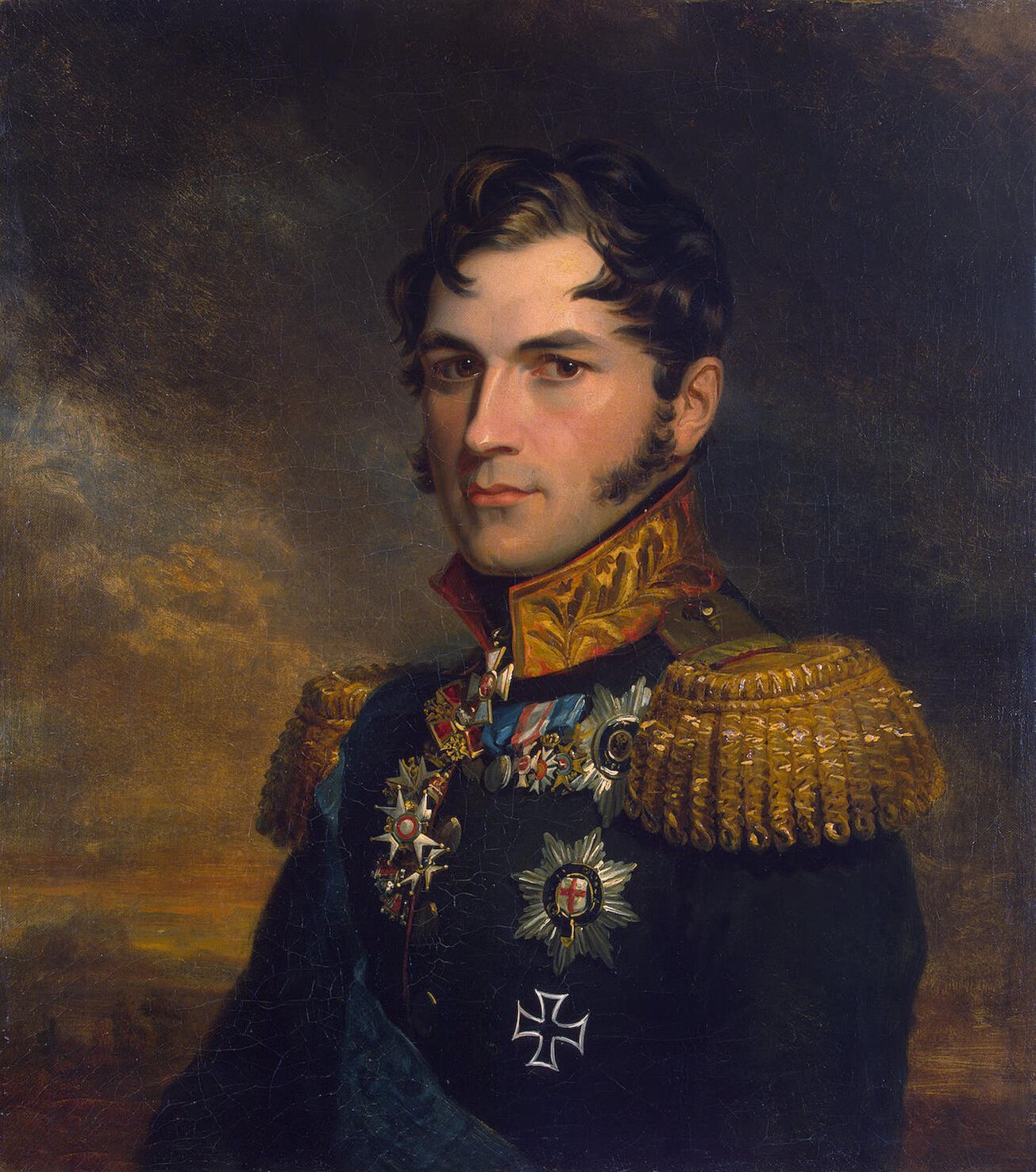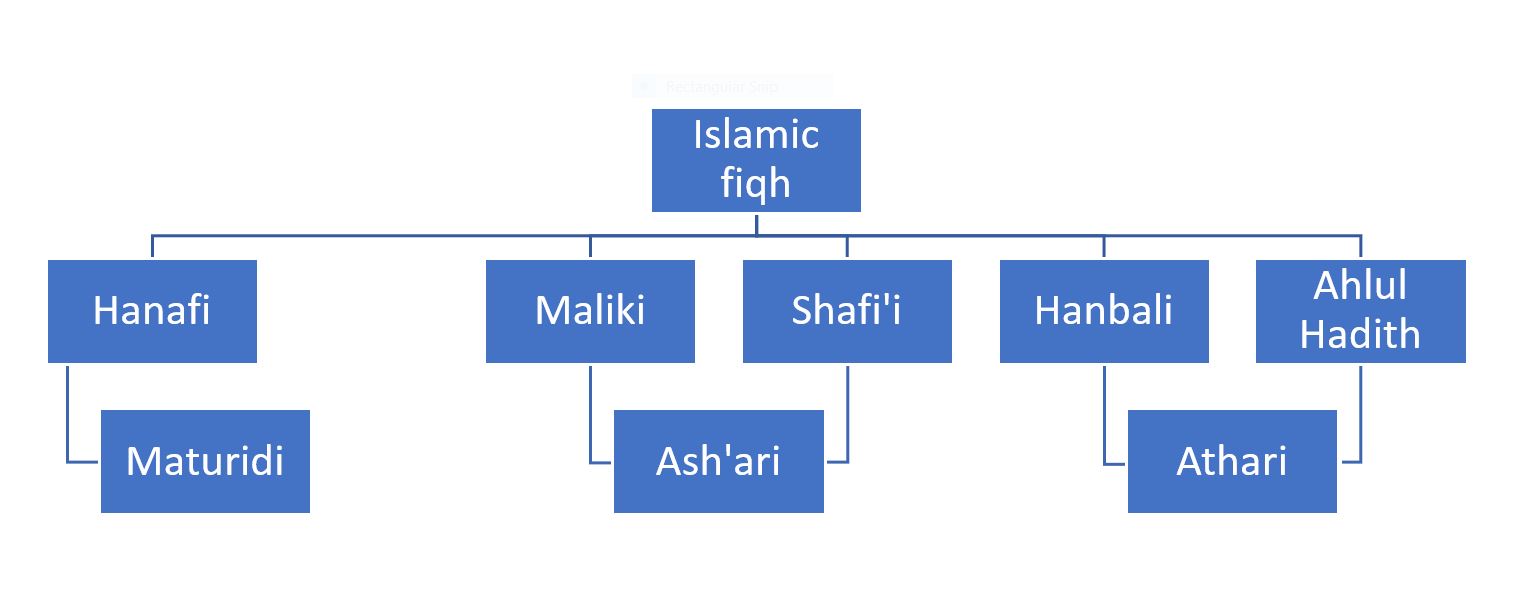|
Mohamed Bayram II
Mohamed Bayram II (28 October 1748, in Tunis – 23 October 1831) is a Tunisian scholar and cleric. Son of Mohamed Bayram I, he belongs to the Bayram family notable for being native from Turkey. His mother was the daughter of the Hanafi Mufti Baroudi Hussein. Mohamed Bayram II learned fiqh and hadith from his father, tajwid from Sheikh Mohamed Qarbattaq and other religious sciences from Sheikh Salah Ibn Abi Kawech. He succeeded his father as Imam of Youssef Dey Mosque and taught at the University of Ez-Zitouna. In 1778, he was appointed as a qadi in Tunis before returning to teaching in 1780.Ibn Abi Dhiaf, ''op. cit.'', p. 159 His father was appointed as a Hanafi mufti in 1801 by the sovereign Hammuda ibn Ali and was at the head of the Sharia board until his death. He published a series of books on historical and genealogical dimension of Hanafi. He frequently used the Maliki school to take the arguments of his fatwas. He still has a reputation as a prolific worker. Works ... [...More Info...] [...Related Items...] OR: [Wikipedia] [Google] [Baidu] |
Tunis
''Tounsi'' french: Tunisois , population_note = , population_urban = , population_metro = 2658816 , population_density_km2 = , timezone1 = CET , utc_offset1 = +01:00 , timezone1_DST = , utc_offset1_DST = , postal_code_type = Postal code , postal_code = 1xxx, 2xxx , area_code_type = Calling code , area_code = 71 , iso_code = TN-11, TN-12, TN-13 and TN-14 , blank_name_sec2 = geoTLD , blank_info_sec2 = .tn , website = , footnotes = Tunis ( ar, تونس ') is the capital and largest city of Tunisia. The greater metropolitan area of Tunis, often referred to as " Grand Tunis", has about 2,700,000 inhabitants. , it is the third-largest city in the Maghre ... [...More Info...] [...Related Items...] OR: [Wikipedia] [Google] [Baidu] |
Hammuda Ibn Ali
Abu Mohammed Hammuda ibn Ali Pasha (9 December 1759 – 15 September 1814) ( ar, أبو محمد حمودة ابن علي باشا) was the fifth leader of the Husainid dynasty and the ruler of Tunisia from 26 May 1782 until his death on 15 September 1814. See also * Moustapha Khodja * Venetian bombardments of the Beylik of Tunis (1784–88) *Youssef Saheb Ettabaa Youssef Saheb Ettabaa ( ar, يوسف صاحب الطابع; born c. 1765, died 23 January 1815), was a Tunisian politician and a mameluk of Moldavian origin. He became a Prime Minister of the Beylik of Tunis. Early career He was enslaved as ... References 18th-century people from the Ottoman Empire 19th-century people from the Ottoman Empire 18th-century Tunisian people 19th-century Tunisian people 1759 births 1814 deaths Beys of Tunis 18th-century rulers in Africa 19th-century rulers in Africa Tunisian royalty {{Tunisia-politician-stub ... [...More Info...] [...Related Items...] OR: [Wikipedia] [Google] [Baidu] |
Tunisian Scholars
Tunisian may refer to: * Someone or something connected to Tunisia *Tunisian Arabic *Tunisian people *Tunisian cuisine * Tunisian culture Tunisian culture is a product of more than three thousand years of history and an important multi-ethnic influx. Ancient Tunisia was a major civilization crossing through history; different cultures, civilizations and multiple successive dynast ... {{Disambig Language and nationality disambiguation pages ... [...More Info...] [...Related Items...] OR: [Wikipedia] [Google] [Baidu] |
19th-century Imams
The 19th (nineteenth) century began on 1 January 1801 (Roman numerals, MDCCCI), and ended on 31 December 1900 (Roman numerals, MCM). The 19th century was the ninth century of the 2nd millennium. The 19th century was characterized by vast social upheaval. Slavery was abolitionism, abolished in much of Europe and the Americas. The Industrial Revolution, First Industrial Revolution, though it began in the late 18th century, expanding beyond its British homeland for the first time during this century, particularly remaking the economies and societies of the Low Countries, the Rhineland, Northern Italy, and the Northeastern United States. A few decades later, the Second Industrial Revolution led to ever more massive urbanization and much higher levels of productivity, profit, and prosperity, a pattern that continued into the 20th century. The Gunpowder empires, Islamic gunpowder empires fell into decline and European imperialism brought much of South Asia, Southeast Asia, and almost ... [...More Info...] [...Related Items...] OR: [Wikipedia] [Google] [Baidu] |
18th-century Imams
The 18th century lasted from January 1, 1701 ( MDCCI) to December 31, 1800 ( MDCCC). During the 18th century, elements of Enlightenment thinking culminated in the American, French, and Haitian Revolutions. During the century, slave trading and human trafficking expanded across the shores of the Atlantic, while declining in Russia, China, and Korea. Revolutions began to challenge the legitimacy of monarchical and aristocratic power structures, including the structures and beliefs that supported slavery. The Industrial Revolution began during mid-century, leading to radical changes in human society and the environment. Western historians have occasionally defined the 18th century otherwise for the purposes of their work. For example, the "short" 18th century may be defined as 1715–1789, denoting the period of time between the death of Louis XIV of France and the start of the French Revolution, with an emphasis on directly interconnected events. To historians who expand ... [...More Info...] [...Related Items...] OR: [Wikipedia] [Google] [Baidu] |
1831 Deaths
Events January–March * January 1 – William Lloyd Garrison begins publishing ''The Liberator'', an anti-slavery newspaper, in Boston, Massachusetts. * January 10 – Japanese department store, Takashimaya in Kyoto established. * February–March – Revolts in Modena, Parma and the Papal States are put down by Austrian troops. * February 2 – Pope Gregory XVI succeeds Pope Pius VIII, as the 254th pope. * February 5 – Dutch naval lieutenant Jan van Speyk blows up his own gunboat in Antwerp rather than strike his colours on the demand of supporters of the Belgian Revolution. * February 7 – The Belgian Constitution of 1831 is approved by the National Congress. *February 8 - Aimé Bonpland leaves Paraguay. * February 14 – Battle of Debre Abbay: Ras Marye of Yejju marches into Tigray, and defeats and kills the warlord Sabagadis. * February 25 – Battle of Olszynka Grochowska (Grochów): Polish rebel forces divid ... [...More Info...] [...Related Items...] OR: [Wikipedia] [Google] [Baidu] |
1748 Births
Events January–March * January 12 – Ahmad Shah Durrani captures Lahore. * January 27 – A fire at the prison and barracks at Kinsale, in Ireland, kills 54 of the prisoners of war housed there. An estimated 500 prisoners are safely conducted to another prison."Fires, Great", in ''The Insurance Cyclopeadia: Being an Historical Treasury of Events and Circumstances Connected with the Origin and Progress of Insurance'', Cornelius Walford, ed. (C. and E. Layton, 1876) p51 * February 7 – The San Gabriel mission project begins with the founding of the first Roman Catholic missions further northward in the Viceroyalty of New Spain, in what is now central Texas. On orders of the Viceroy, Juan Francisco de Güemes, Friar Mariano Marti establish the San Francisco Xavier mission at a location on the San Gabriel River in what is now Milam County. The mission, located northeast of the future site of Austin, Texas, is attacked by 60 Apache Indians o ... [...More Info...] [...Related Items...] OR: [Wikipedia] [Google] [Baidu] |
Tunisian Imams
Tunisian may refer to: * Someone or something connected to Tunisia *Tunisian Arabic *Tunisian people *Tunisian cuisine * Tunisian culture Tunisian culture is a product of more than three thousand years of history and an important multi-ethnic influx. Ancient Tunisia was a major civilization crossing through history; different cultures, civilizations and multiple successive dynast ... {{Disambig Language and nationality disambiguation pages ... [...More Info...] [...Related Items...] OR: [Wikipedia] [Google] [Baidu] |
Muslim Calendar
The Hijri calendar ( ar, ٱلتَّقْوِيم ٱلْهِجْرِيّ, translit=al-taqwīm al-hijrī), also known in English as the Muslim calendar and Islamic calendar, is a lunar calendar consisting of 12 lunar months in a year of 354 or 355 days. It is used to determine the proper days of Islamic holidays and rituals, such as the annual fasting and the annual season for the great pilgrimage. In almost all countries where the predominant religion is Islam, the civil calendar is the Gregorian calendar, with Syriac month-names used in the Levant and Mesopotamia ( Iraq, Syria, Jordan, Lebanon and Palestine) but the religious calendar is the Hijri one. This calendar enumerates the Hijri era, whose epoch was established as the Islamic New Year in 622 CE. During that year, Muhammad and his followers migrated from Mecca to Medina and established the first Muslim community ('' ummah''), an event commemorated as the Hijrah. In the West, dates in this era are usuall ... [...More Info...] [...Related Items...] OR: [Wikipedia] [Google] [Baidu] |
Allah
Allah (; ar, الله, translit=Allāh, ) is the common Arabic word for God. In the English language, the word generally refers to God in Islam. The word is thought to be derived by contraction from '' al- ilāh'', which means "the god", and is linguistically related to the Aramaic words Elah and Syriac (ʼAlāhā) and the Hebrew word '' El'' (''Elohim'') for God. The feminine form of Allah is thought to be the word Allat. The word ''Allah'' has been used by Arabic people of different religions since pre-Islamic times. The pre-Islamic Arabs worshipped a supreme deity whom they called Allah, alongside other lesser deities. Muhammad used the word ''Allah'' to indicate the Islamic conception of God. ''Allah'' has been used as a term for God by Muslims (both Arab and non-Arab) and even Arab Christians after the term " al- ilāh" and "Allah" were used interchangeably in Classical Arabic by the majority of Arabs who had become Muslims. It is also often, albeit not excl ... [...More Info...] [...Related Items...] OR: [Wikipedia] [Google] [Baidu] |
Islamic Jurisprudence
''Fiqh'' (; ar, فقه ) is Islamic jurisprudence. Muhammad-> Companions-> Followers-> Fiqh. The commands and prohibitions chosen by God were revealed through the agency of the Prophet in both the Quran and the Sunnah (words, deeds, and examples of the Prophet passed down as hadith). The first Muslims (the Sahabah or Companions) heard and obeyed, and passed this essence of Islam to succeeding generations ('' Tabi'un'' and '' Tabi' al-Tabi'in'' or successors/followers and successors of successors), as Muslims and Islam spread from West Arabia to the conquered lands north, east, and west, Hoyland, ''In God's Path'', 2015: p.223 where it was systematized and elaborated Hawting, "John Wansbrough, Islam, and Monotheism", 2000: p.513 The history of Islamic jurisprudence is "customarily divided into eight periods": El-Gamal, ''Islamic Finance'', 2006: pp. 30–31 *the first period ending with the death of Muhammad in 11 AH. *second period "characterized by personal interp ... [...More Info...] [...Related Items...] OR: [Wikipedia] [Google] [Baidu] |
Koca Sinan Pasha
Koca Sinan Pasha ( tr, Koca Sinan Paşa, "Sinan the Great"; c. 1506 - 3 April 1596) was an Albanian-born Ottoman Grand Vizier, military figure, and statesman. From 1580 until his death he served five times as Grand Vizier. In a Ragusan document of 1571 listing members of the Ottoman Sultan's governing council, Sinan is described as coming from a Catholic family that converted to Islam. His father was named Ali Bey and Sinan Pasha had family ties with Catholic relatives such as the Giubizzas.Malcolm, Noel (2015). Agents of Empire: Knights, Corsairs, Jesuits and Spies in the Sixteenth-century Mediterranean World'. Oxford University Press. . pp.264–265. "Sinan came from a small village in north-eastern Albania. As the writer Lazaro Soranzo put it, very probably deriving his information from Bartolomeo's cousin Antonio Bruni, he was 'an Albanian from Topojan in the sancak istrictof Prizren'. Attempts by some Serb historians to claim a Serbian origin for him are unconvincing. W ... [...More Info...] [...Related Items...] OR: [Wikipedia] [Google] [Baidu] |





